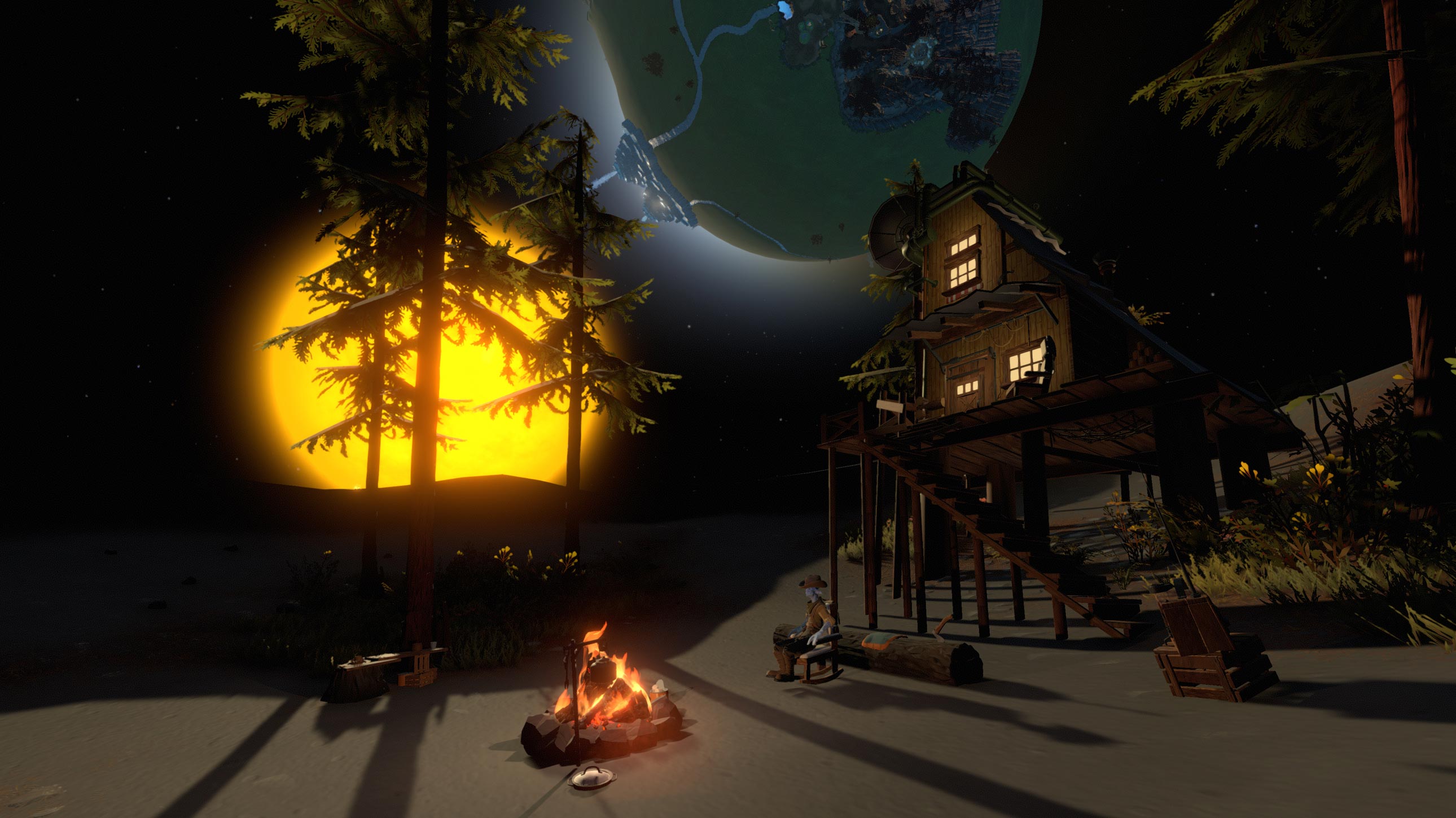At the end of a decade, it’s too easy to draw conclusions. The calendar does the work of compartmentalizing messiness for you, packaging blurry events into coherent (if arbitrary) little boxes. Nine months in an apartment outside LA becomes “a year lived in the city.” An on-again-off-again relationship is carved down into the much simpler “ex.” A couple of jobs in a row becomes your career, and “my career” is the magnetic backbone of the decade-creature, the substructure onto which everything else attaches, orients, and justifies itself.
Frankly, I can’t say I mind it. 3650 days is a lot of days, and if my brain wants to filter down the noise of years the same way it transforms raw, overwhelming sensation into something usable, more power to it. But when I sat down to write this list of my favorite games of the year, I could feel the pull of this sense-making logic seeping into my words. And this I liked less.
“It’s been a decade of roguelikes,” I wrote. A half dozen sentences and phrases just like it followed: “The dominance of games-as-service has never been more clear.” “...one positive: the slow normalization of crossplay.” “After XCOM, the tactics genre found an audience intrigued but cautious.” “What started as a way to draw new monthly subscribers has become a model for the future” “ More games doesn’t necessarily mean better games, and yet…”
These are sentences begging to be written, but which mean little to me emotionally. And top 10 lists are the place where critics ought feel the most self-indulgent and honest. Be embarrassed to include your guilty pleasure if you have to, but do it, and do the work of trying to untangle why it’s jammed itself into your psyche.
However much it might have been fun to opine about The State of Games, the truth is that (barring some rhetorical acrobatics) my favorite games of 2019 don’t have much to say about the decade that preceded them. Except in this one way: This list is a fucking mess. It starts with a game I’ve spent dozens of hours hating and ends with something I love in a way I struggle to communicate. I’ve removed multiple games I’ve really enjoyed ( Remnant: From the Ashes, Star Wars Jedi: Fallen Order, Cube World)) for things I’m deeply conflicted about. There’s one game on here I mostly played in 2018, and one that I first played (all the way through!) in 2013. Oh well. What can you do, besides write the most honest, hypocritical list you can?
On that note...
10. Final Fantasy XIV
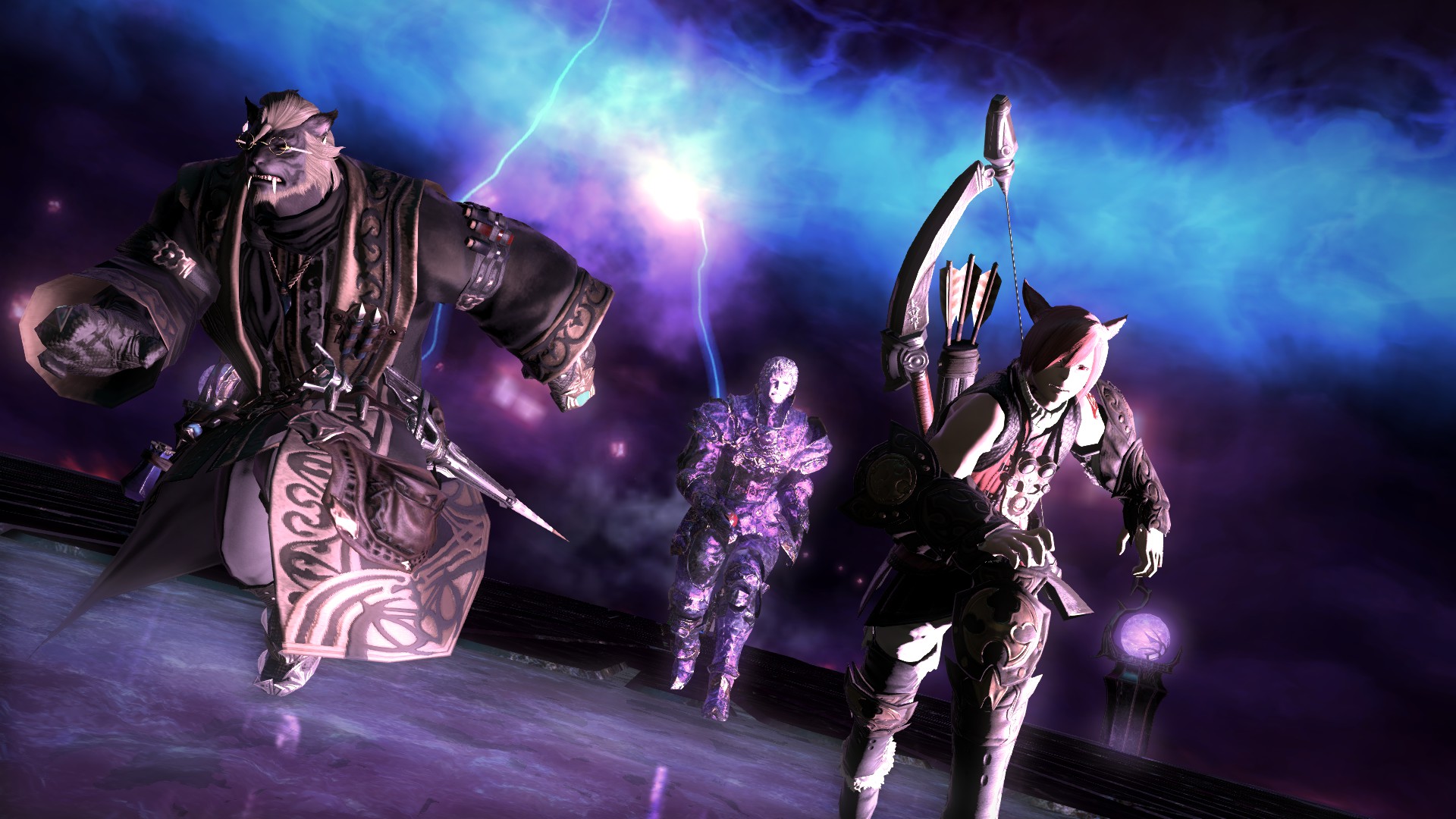
Screenshot by author
Those who have listened to me catalogue my time with FFXIV over on Waypoint Radio for the last few months know that it has been a trying time. I was brought to the game by friends who were enamored by the latest expansion, Shadowbringers. But all of the things they told me to expect—fantastic characters, dramatic boss battles, worldbuilding that took politics seriously—were absent. Instead, I found a hollow estimation of what made me originally love the franchise, with characters that grated my nerve, boilerplate MMO combat, and a marathon-length, sprint-quality story. The music, thankfully, was good from the jump.
160 hours and one expansion later, the music still slaps, and I’ve found more to love in Eorzea. It’s not a journey I can recommend (at least not yet), but it’s been fascinating to watch as the developers find their footing along the way. As the writing becomes sharper and the animation strikingly communicative, what were barely character sketches turn into detailed and evocative portraits. Dungeons and big boss encounters have increased in mechanical complexity, offering something to focus on besides just playing my class well.
The real reason that FFXIV makes my top 10, though, is that it’s been key to reconfiguring my leisure habits. Years ago, MMOs were a big part of my relaxation ritual. When I was still in grad school, I decompressed by putting hundreds of hours into MMOs (including some frankly miserable free-to-play ones). But when games journalism became my main gig back in 2015, I lost that style of unstructured play. Instead, I played games for one reason: Content. And that quickly changed both the types of games I was playing and the way I was playing them.
FFXIV has helped to break me out of that instrumentalization. Whether or not I stick with it after I wrap Heavensward, I’ll always be grateful for that.
9. BATTLETECH Flashpoint, Urban Warfare, and Heavy Metal
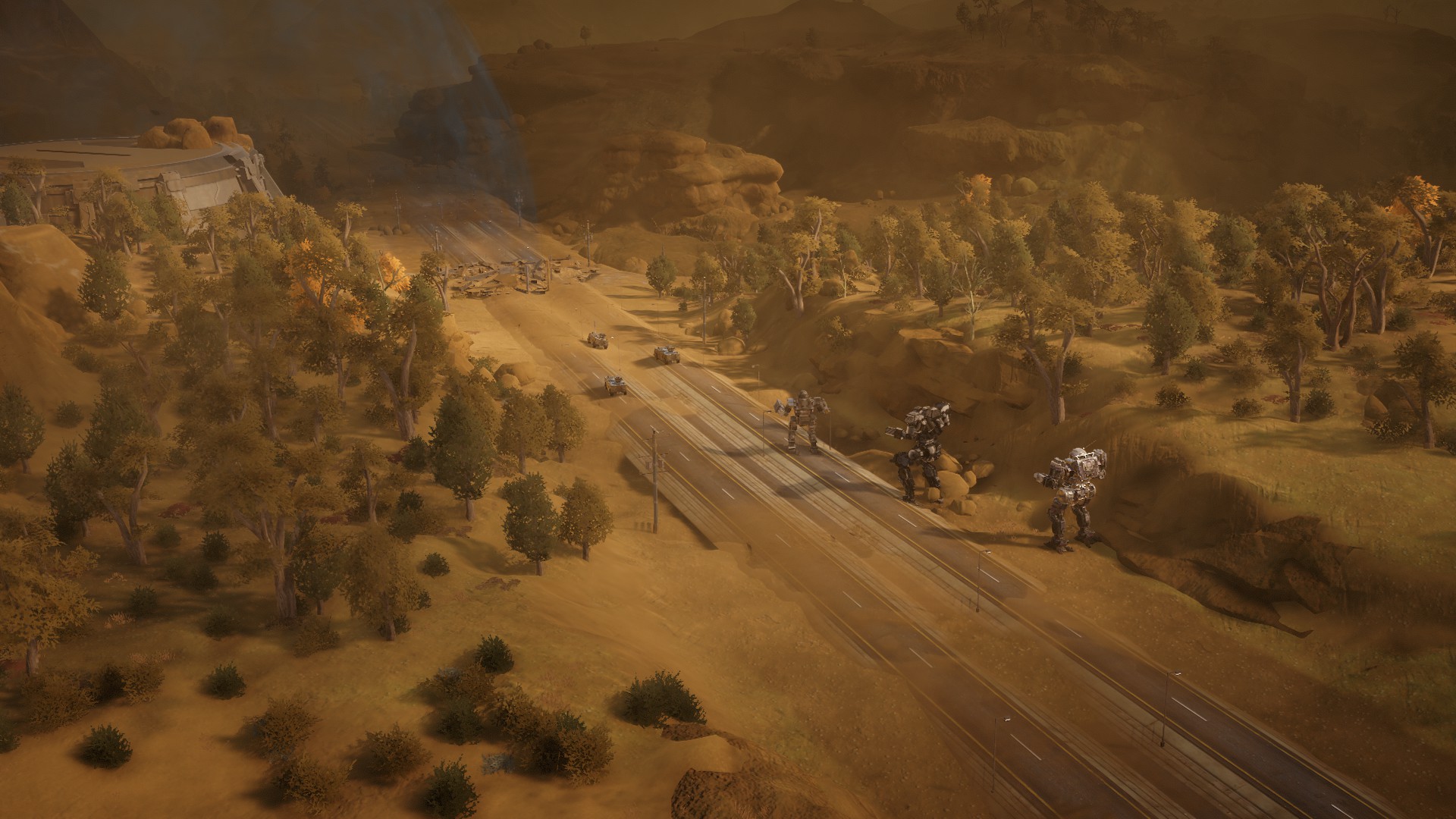
Screenshot by author
While Daemon X Machina gave me a taste of the high-flying Armored Core 4-style of mecha action I’ve been missing for years and MechWarrior 5 made being in the cockpit of an unstoppable, walking tank feel more destructive than ever, the truth is that BATTLETECH remained my go to mech game of choice this year.
Which is surprising, since a side effect of that aforementioned content-focused instrumentalization of my gaming time is that I don’t really play expansion or DLC releases. Covering games means staying ahead of the curve, because that’s what the audience demands. So I’ve spent years unable to find the time (or, frankly, motivation) to revisit games after their initial release, even when they’re favorites. And yet, BATTLETECH’s three expansions kept me playing my 2018 GOTY throughout all of 2019, to the degree that more than half of my 144 hours in the game came this year.
For the unfamiliar, each of these expansions added a bunch of new mechs and some additional, gameplay altering features. Flashpoint’s titular side quests are micro-campaigns, each of which feels like a military sci-fi short story featuring your merc commander and their squad. Urban Warfare’s cityscapes offer the most dramatic change to combat, funnelling these massive machines through claustrophobic canyons of steel and concrete. And Heavy Metal brought some exceptional character to the machines themselves, as we detailed in a recent episode of Waypoint Radio. Along with the free patches, BATTLETECH has spent 2019 growing from fantastic first effort to all time fave.
8. Apex Legends

Screenshot courtesy of EA
The mechs are missing from Titanfall developer Respawn Entertainment’s battle royale, but it has something even more important to me: The density of action and character necessary to tell a fantastic “So there I was…” story.
Character abilities, level design, memorable weapons, and the natural structure of the battle royale genre combine in Apex Legends to give just about every match a sense of pacing and a grand climax. Sure, the ending of that arc tends to be my face in the dirt after some pro-tier Pathfinder grapples around a tower and blasts my face in, but shit, tha’ts all I’ve ever wanted from the battle royale anyway.
As much as I liked Respawn’s other effort this year (the surprisingly sharp Star Wars Jedi: Fallen Order), my best Apex Legends matches are etched into my mind. Fallen Order is Cal Whoever’s story. My wins in Apex Legends are mine alone. (Well. Mine and the two other players who carried me).
PS: Don't sleep on this holiday mode, it's actually very good.
7. Dragon’s Dogma: Dark Arisen
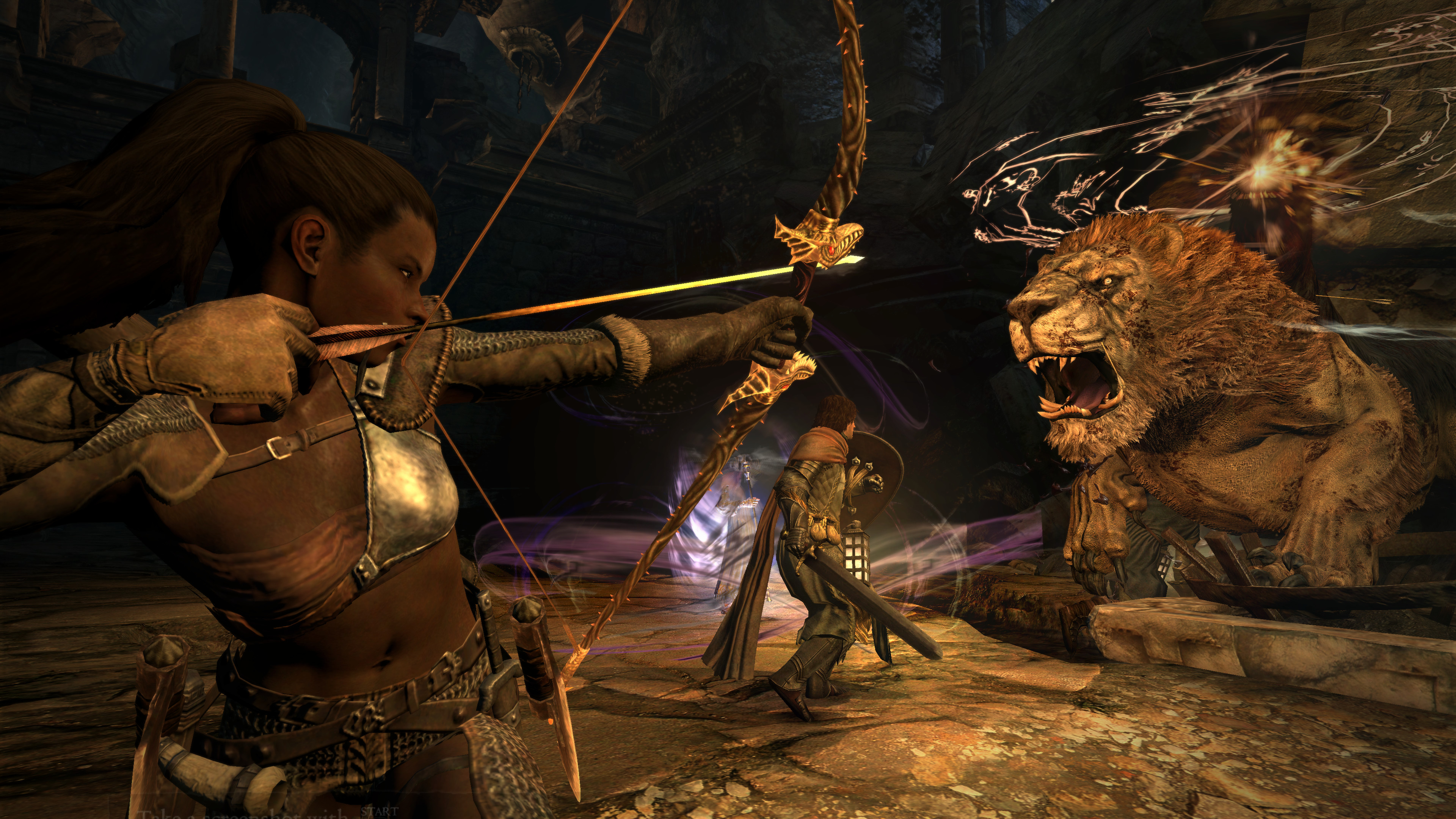
Screenshot courtesy of Capcom
So, here’s the thing. I first played Dragon’s Dogma in 2012, two years before I published my first ever personal GOTY list. That means that I never got to put it on one of these things. Which is ridiculous given the degree to which it helped reveal my own tastes to me.
When I first saw Dragon’s Dogma (in an old Giant Bomb Quick Look starring VICE Games’ own Patrick Klepek), it was like seeing Demon’s Souls for the first time. Not only because both games draw on Western fantasy tropes and Monster Hunter-esque deliberate combat against massive beasts, but also because it made something in my heart pulse in a new way I didn’t quite understand.
At this point, I’ve written and spoken about my love of the game a dozen times (hell, we announced that “VICE Gaming” was becoming “Waypoint” with a love letter to the game), so I don’t need to waste words on praise here. (But briefly: 1. Terrifying night time adventures. 2. Organically learning how to navigate the world. 3. Needing to prepare before venturing out. 4. A huge variety of combat options, most of which feel fantastic. 5. Incredible ending.)
What is absolutely worth noting, though, are the two things that brought this year’s Switch rerelease onto my list this year. The first is that replaying the game (and I rarely if ever replay games, which is to my own detriment, I know) was an absolute joy that confirmed for me everything I loved about the original release. The second is that after years of singing the game’s praises, I saw dozens of friends and acquaintances give the game a shot and fall for it just like I had. I finally got to have the conversations I’ve wanted to have, digging into what works about the game, passing clips of incredible moments back and forth, and sharing tips with other players.
Capcom gave me a gift this year. The gift of getting to talk to my friends about a thing I love. Now, if they’d only give me the gift I really want… a sequel. (Keep the faith! It’s real! It’s coming! I feel it in my blood!)
6. Resident Evil 2
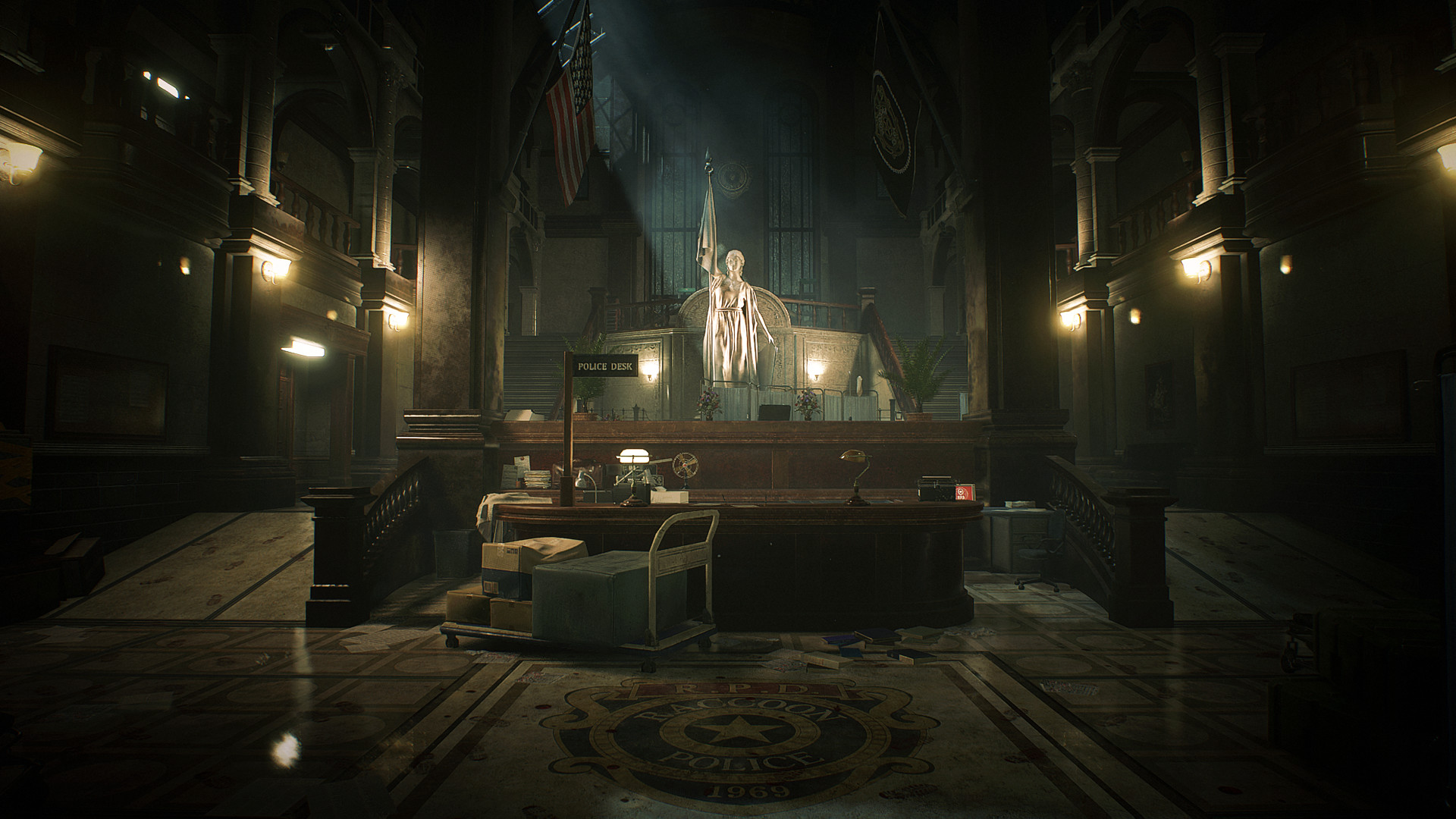
Screenshot courtesy of Capcom
Apparently, on an episode of Waypoint Radio earlier this year, I said the following about Resident Evil 2: “When I hold this thing in my hands I can sense some core truth of the universe inside of it in a way that moves me to leave my natural physical shell and become one with the cosmos."
I can’t exactly recall saying that, but I believe it. RE2 isn’t a game I played this year, it’s something that happened to me. It instilled the sort of feverish “one more turn” playstyle normally reserved for strategy games. And in a way, wasn’t it one? Hunt for new resources while managing the ones I had; expand my territorial control from tile to tile, room to room, watching as a hostile map was slowly painted my color; face down a seemingly unstoppable rival with outside the box thinking. Hell, it even has the most distinctive feature of every 4X game I’ve ever played: a lackluster endgame.
Kidding aside, RE2 feels like a masterclass in gameplay pacing and engaging UI. Every room cleared, key collected, or weapon unlocked offered a jolt of adrenaline, and drove me to play even more. It gripped me in a way that makes me want to italicize words in every sentence.
5. Fire Emblem: Three Houses
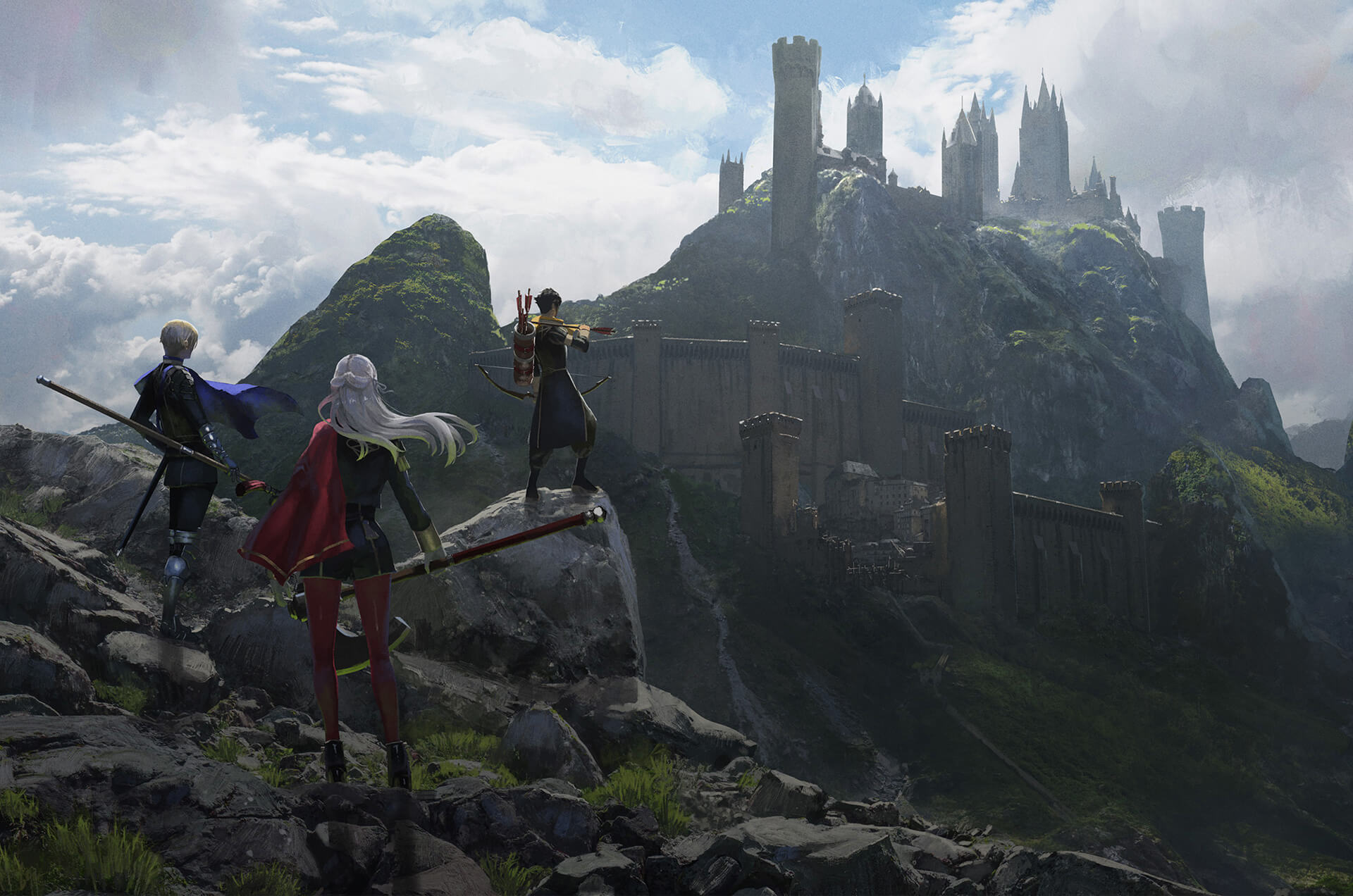
Image courtesy of Nintendo
Hello I have two things to say about Fire Emblem: Three Houses.
First, the greatest strength of Three Houses isn’t its tactical gameplay or its multi-perspective narrative about revolutions, grief, and nationhood. It’s greatest strength is that I would die for every soul in Golden Deer. Even Lorenz.
Three Houses pierced the public consciousness (read: my Twitter feed) in a way that no other game did this year. I could say I put over 100 hours into Three Houses, but that would be a lie, because I’m still playing this game every time I take part in a facetious argument about which house or character was best, read someone’s fan comic, or click through an endless thread of shitposts that dared to dream “What if the students of Garreg Mach had Twitter?”
I describe this as play not only because of high minded academic pedantry, but also because making dozens of characters (some of whom have overlapping archetypes) distinct enough for that sort of fandom to thrive is a fucking serious achievement. This isn’t “everyone loves Donnel, the boy with the pot on his head.” It’s not even “everyone was so horny for the witch in Awakening that they basically just put her into Fates again.” It’s creating and clearly communicating the soul of a cast as big as the MCU’s in a single game. It’s combining art, voice acting, attack animations, and plot to deliver at least memorable archetypes and potentially someone’s favorite character in games. God damn. Good work.
The second thing I have to say about Fire Emblem: Three Houses is a little longer:
4. Disco Elysium
To say that ZA/UM, the developers of Disco Elysium, are dissatisfied with the state of the world would be an understatement. You can talk a lot about the game’s skill system (which personifies your abilities as voices in your head and which borrows from tabletop gaming’s “fail forward” design trend) or talk about the overall quality of prose, sure. But the standout characteristic about Disco Elysium is that I've never played a game of this scale built so clearly on a foundation of justified anger with the world.
While a murder investigation is at the center of the game’s plot, ZA/UM’s greatest stength is in digging into the small corners of a broken world. This sometimes surreal, always grungy hardboiled detective story pulls from palettes I've only seen in much tinier independent games or else from the world beyond games: Stark, yet hopeful conversations about addiction. Thoughtful descriptions of how humanism can (and has) been co-opted and driven awry. The difficulty of delivering mundane, but terrible news to a stranger.
One optional side character, the pseudonymous “Sunday Friend,” is about the most effective, skewering portrayal of Third Way ideology I've seen in games or out. It starts (as centrism did) with an overwrought promise: He’ll crack the case wide open for you. It, of course, leads instead to a paternalistic lecture on monetary policy, nationhood, and “the global community.”
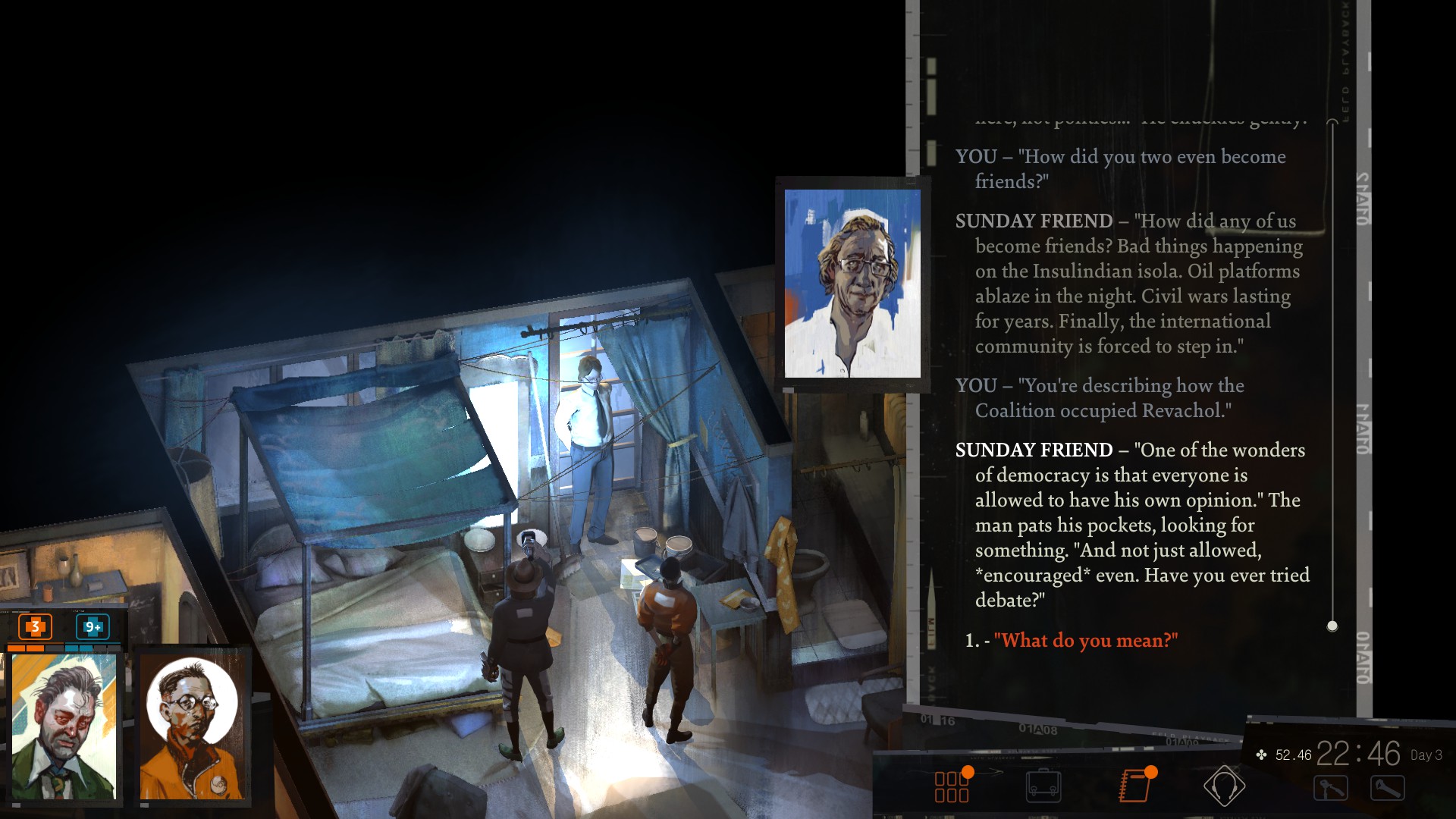
Screenshot by author
When, at one moment, I pushed him on his flippancy at describing the imperial occupation of the nation the game takes place in, he responded as so many defenders of a broken system do, with deflection. “One of the wonders of democracy is that everyone is allowed to have his own opinion. And not just allowed, *encouraged* even. Have you ever tried debate?” It’s galling. His hands are pristine, yet they help to operate the machine that ruins the world.
And to reiterate: All of this on top of a long, wonderfully written (though often purposefully abrasive) RPG/adventure game. (Which features the party member I’ve most wanted to do right by in the history of games.)
I do wonder, though, if in a few years time, I won’t be much colder on Disco. Partly that’s because it feels like it has little to say about the most recent developments in global politics (which is fair, given the speed of these things). But it’s also because, despite Sunday Friend’s words, it feels like ZA/UM never let themselves have an opinion.
Disco Elysium is a game that is confident diagnosing social and historical illness, but it never finds a coherent ideology to support (unless you do a deep reading on some of the game's "supranatural" elements, but even then, I don't know that it’s “coherent" enough to be useful). Instead, like Parker and Stone if they’d done a grad seminar in Post-Marxism before making South Park, ZA/UM spends its energy swinging fists at every target it can.
The game's laissez-faire capitalists are the root cause of the world’s issues, and their wealth prevents them from seeing the problems (literally in some cases). The fascists feel that something is broken, but Disco is a game that knows that feelings lie (this is partly what’s so great about personifying your skillset), and so they turn towards racism, misogyny, and authoritarianism for easy answers that only make the problems worse. The game's communists know exactly what is broken but are only ever naïve clowns, corrupt hypocrites, corpses, or something in between. And the Moralist International (the game’s take on third way centrists) are the worst of all: Not only are they implicated in a historical betrayal of the working class in order to gain power, they know that something is still broken. They’re just either too cowardly to change it or else enjoy the status quo more than they're willing to let on.
These, Disco says, are your options. Who do you root for? (If you’re waving the black flag of anarchism, then I’m sorry, but your home team gets mentioned in passing a few times but is never actually given a turn at the plate.)
And look, I get it. There's a style of disillusionment and frustration on display here that only comes from believing a better world is possible. But in 2020, we need to move pass diagnosis and onto treatment, and I just wish that Disco could give me some small taste of what that “better world” might look like or what we need to do to get there. I’m not asking for ZA/UM's version of Lenin’s What Is to Be Done? here, but, frankly, a game that is (rightfully) so harsh on ideological fence sitting ought to pick a fucking side.
3. Slay the Spire
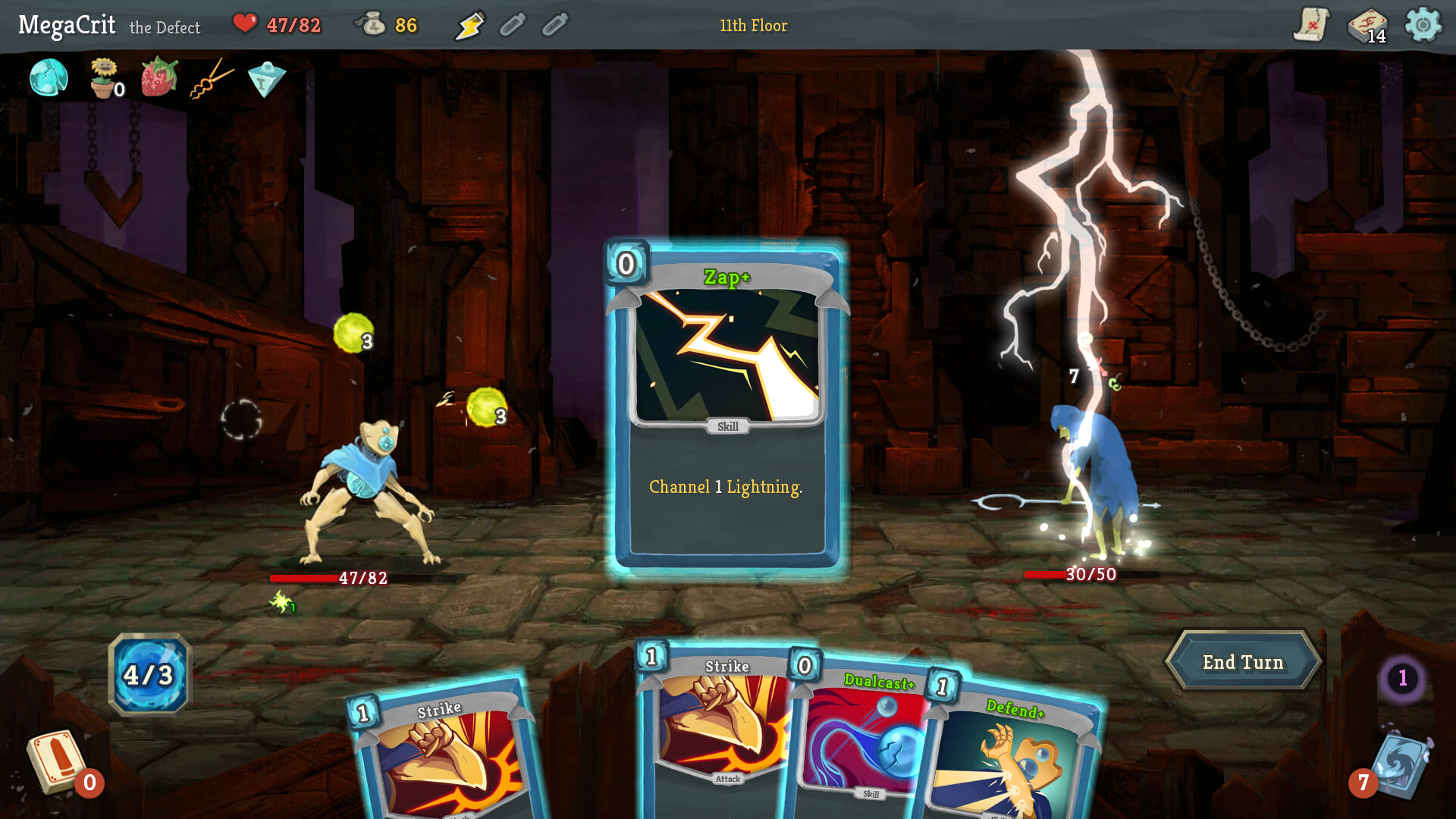
Screenshot courtesy of Megacrit
I should’ve put Slay the Spire on my list last year. Here is how I know that (besides the fact that my dozens of hours in the game largely came during its early access release in 2018): While doing some holiday shopping last week, the thought struck me that I wished Final Fantasy XIV’s combat was more like Slay the Spire’s card-based system of fantasy dueling.
This is a ridiculous thought. And yet, the one I had after that was more absurd. “Is there any game I wouldn’t like more if it had Slay the Spire combat?”
This is a bad question. Games can be anything, and while Slay the Spire’s use of transparency, resource management, and card combos is especially satisfying, there is no design on earth so good that every other game should replicate it. None! And yet…
In a few years, we’ll be bored of the deckbuilding roguelike. This year alone we’ve seen a half dozen new entries. (My favorite of those, by the way, is the still-in-early-access Griftlands, which y’all shouldn’t sleep on!) But I suspect that Slay the Spire (like Spelunky) will withstand the test of time and remain a favorite of mine indefinitely.
2. Sekiro: Shadows Die Twice
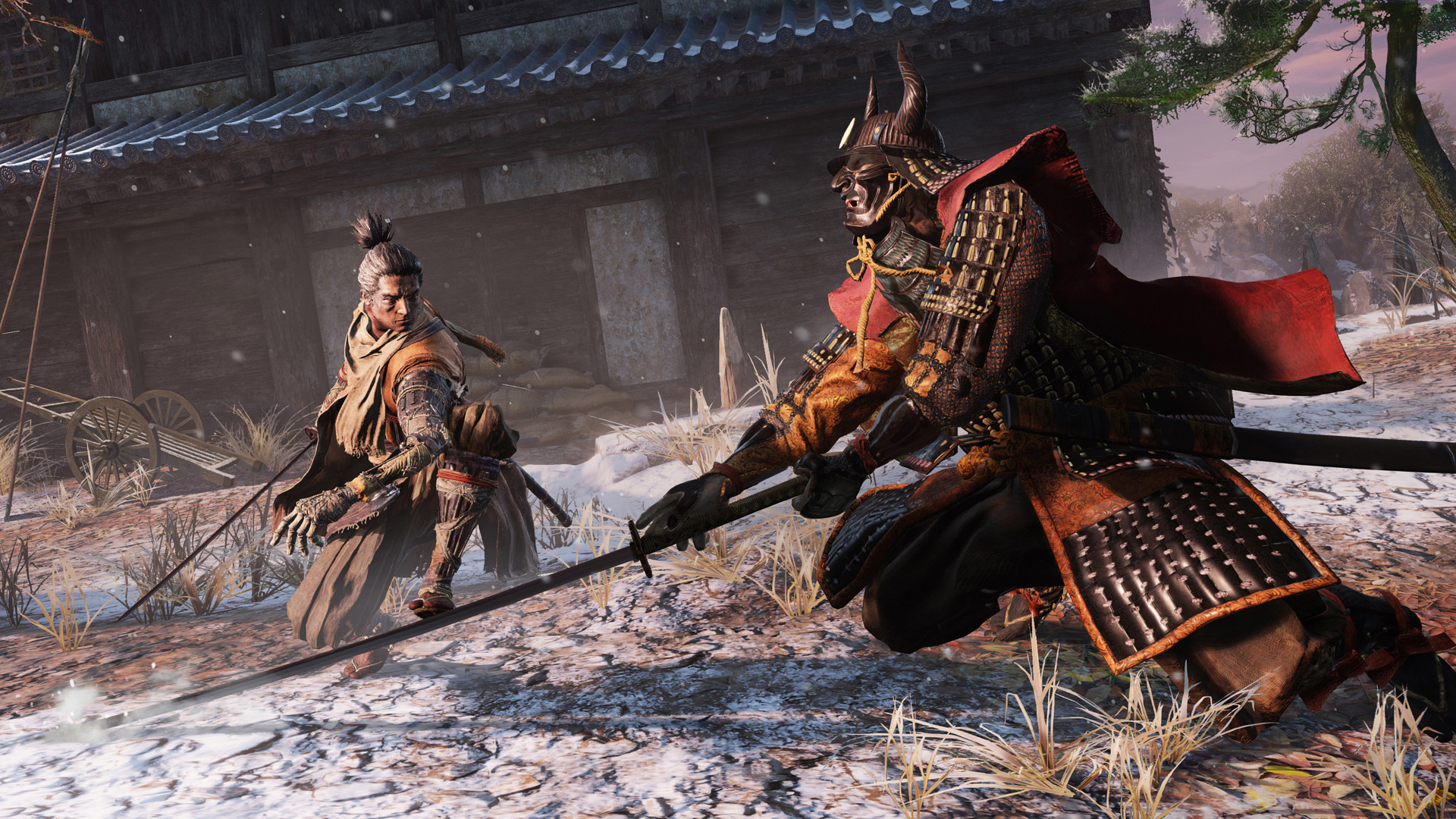
Image courtesy of Activision
I don’t know how many times I’ve said it, but I’ll say it again: As far back (at least) to the fight against Shiva in Streets of Rage 2, my favorite thing in action games is to fight a character who has the same basic skillset as me. More than fighting colossal beasts, eternal gods, or hordes of enemy soldiers, the one-on-one duel is just… it’s my favorite shit. This is part of why I love Dark Souls 2 so much, and it’s why Sekiro: Shadows Die Twice, feels like a gift to me, specifically.
I’ve already spent so much of this year talking about my love of the game, that instead of doubling down here, I’ll leave you with this gift: A video of me beating the final boss. (Shout outs to the members of the Waypoint discord who were cheering me on as I reported my progress back to them that night!)
1. Outer Wilds

Screenshot by author
“What elevates Outer Wilds is how it confronts this tension between practicality and contemplation. Your exploration rarely feels heroic. In fact, it is often melancholic. There are moments of shout-worthy victory, sure. But as you piece together the history of your little star system, it becomes clear that there are no easy answers.” What more can I say?
This much at least: Seven months later, and Outer Wilds is still on my mind week after week. This is a blessing, because to hold a game in your mind is to play it, if indirectly. It is also a curse, because what I want more than anything else is to forget about Outer Wilds completely so that I can play it again from scratch.
It’s a game that makes me discard social grace and make the hardest sell I can: If you’ve liked something I’ve written in the last few years, do me a favor and play this game. Try it, at least. Stick through early difficulty with controls. Push past confusion about where to go. Follow your rumor map if you’re stuck, and if you’re really lost, find a guide and follow it long enough to jump start your curiosity.
If after all that, you still don’t click with it, then no worries, that’s how it goes sometimes. But I’ve never wanted to champion a game as much as Outer Wilds, which confounded me, surprised me, and left me standing in awe and wonder. I said there’s no decade-wide throughline to this list, and I think that’s true. But what I can say is that I can’t imagine ending the 2010s in any more hopeful way than with Outer Wilds.

































 Lucasfilm/Walt Disney Studios
Lucasfilm/Walt Disney Studios




















